The grocery fast delivery channel declined 20% post-COVID, mirroring online food sales patterns, and causing the closure of multiple new entrants (Volley, Send, and Quicko). Uber and Doordash are focused on “deliver anything” logistics instead of product ownership and margin. This trend is solidified by recent retailer partnership announcements, with Woolworths set to wrap a revived MilkRun brand around their inner city “fast delivery” offering.
Despite these partnerships, channel declines still bring the ‘everything fast and now’ bubble into question. Is there enough demand, especially when the cost of living pressure is top of mind? How many gaps are really left by our 3,000 large supermarkets that are open 7 days a week? We have long known that the Australian shopper “likes a browse”, especially with fresh. Retail footfall is up, and food service is trading higher than pre-covid, each reflecting a continued desire to get out of the house.
The future of fast delivery depends on the right balance of the best last-mile logistics and existing food and grocery supply chains. It seems like the barriers of scale have done it again.

